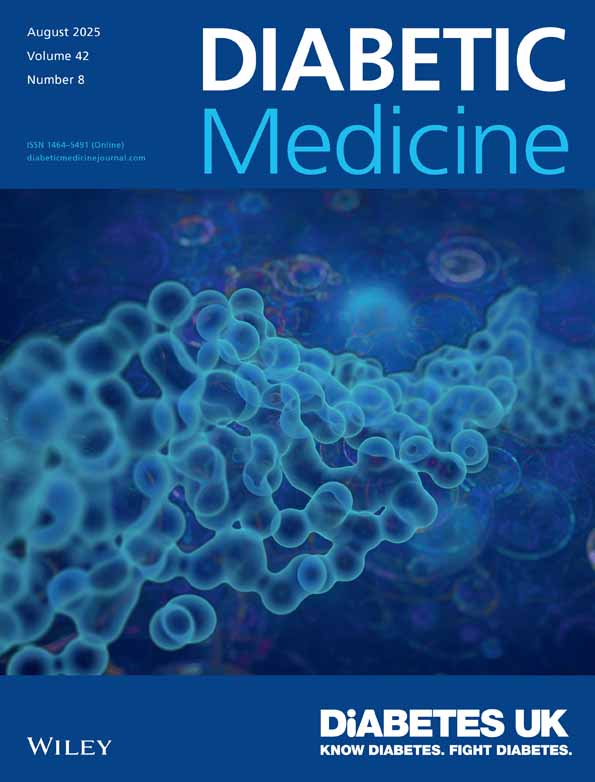Social Relationships Among Young Adults with Insulin-dependent Diabetes Mellitus: Ten-year Follow-up of an Onset Cohort
Abstract
Past cross-sectional studies have suggested that young adults with insulin-dependent (Type I) diabetes mellitus (IDDM) may experience problems in their close peer relationships. For 10 years, we have followed an onset cohort of children and adolescents with IDDM (n = 57) and an age-matched group who were originally recruited after an acute illness, accident, or injury (n = 54). Now aged 19–26 years, these two groups were compared in terms of their friendship patterns, dating and love experiences, and sense of loneliness. All subjects in both groups had at least one friend. However, the IDDM group reported fewer friendships overall. The difference was accounted for by the number of less intimate friends. The two groups had similar frequencies of current romantic partners (IDDM = 63 %; comparison group = 64 %). While dating attitude and dating assertiveness did not differ between groups, some differences were found in terms of experiences of a primary love relationship. IDDM patients experienced less trust and sense of intimate friendship in these love relationships. No differences in loneliness were found. The preponderance of our findings indicate that the two groups had similar patterns and experiences of close peer relationships. Thus, the study does not suggest that IDDM leads to serious problems in forming social relationships for these patients during the transition to young adulthood. On the other hand, the IDDM patients’ lower level of trust and intimacy within love relationships are consistent with other findings from this study suggesting specific areas of lowered self-worth that appear in social relationships. © 1997 by John Wiley & Sons, Ltd.




